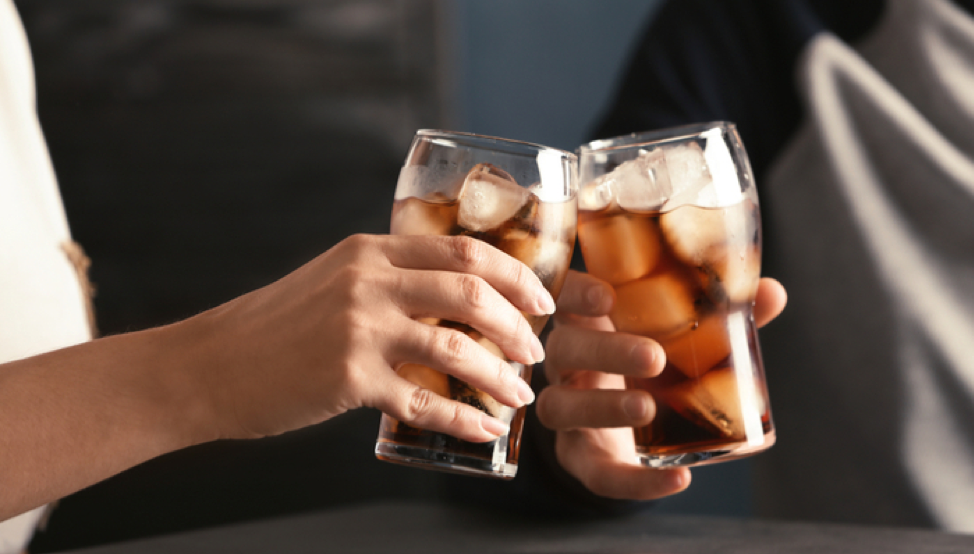
The food and beverage business isn’t only about anticipating market trends or creating great social media campaigns. These are important, but love for food and drinks is the core of the business. It has been present as the driving force of the industry since its beginning.
It’s essential for every food and beverage brand to keep this in mind and remember the long and fascinating history of the food and beverage industry. For entrepreneurs who wish to make their mark on it, understanding how it might evolve is critical. We can learn from how the industry has developed so far, and conclude how it’s going to change in the future. Let’s have a closer look at the evolution of the food and beverage industry:
Origins of the Food and Drinks Business
Even though the human race has prepared food since the earliest days, the practice didn’t take on the characteristics of business until medieval times. In the 11th century, some guilds provided goods and services, and food vendors were among them. The guilds also showed the first signs of specializations that would later become so crucial for the entire industry. As highly specialized vendors became more and more sought after in the medieval society, more distinctions started developing. For example, there were master butchers and bakers, who took on apprentices and trained them in the skills that they would need to continue the profession. We sorely lack expertise at these levels today. Everyone wants to have a Master’s Degree, but those that work hard, like butchers and bakers, can make a nice living and live a nice life.
It is a form of learning that is still present in the culinary world, even though the system of guilds has long since been abandoned. However, the concept of apprenticeship endured and has become essential to the food and drinks businesses of a later time. Despite losing the economic battle, the old guild systems did establish a practice that is still highly relevant today.
Culinary Skills as Front and Center of Development
The culinary arts and skills were a major part of the development of the food business. However, that only happened once the profession was organized and standardized. And despite the long tradition of the practice, that didn’t happen until the early 19th century. It was then that the Frenchman Marie-Antoine Carême took the first steps towards shaping the future of the standardization of culinary art.
He was a developer of original recipes, but he was also entirely dedicated to the presentation of his food, creating fascinating centerpieces out of it. However, his most significant contribution to shaping the future food business came from his culinary texts, which contained vocabulary other cooks began to use. It formed the backbone of establishing cooking terms and providing a common language to the professionals in the same industry. From these developments, the culinary arts advanced to what we’ve come to know today — a food service industry that makes up 10% of the total U.S. workforce.
Major Turning Points for the Industry
Still, the major turning points for the industry on a large scale happened with a few breakthroughs that have changed everything. The significant years were 1810 when Nicolas Appert invented canning, and 1863, the year when Louis Pasteur developed the process of pasteurization.
It took Nicolas Appert 14 years to develop his canning process, and that despite knowing it worked, he wasn’t sure why it worked. His motivation was the prize offered by the French army during the French Revolutionary Wars to invent a way to store food safely. Appert did it, by canning food, heating it and letting it cool — but he did not know that doing so would keep out the bacteria and microorganisms that caused the food to spoil.
It was Louis Pasteur’s research that found this connection years later, and it allowed him to develop the process of pasteurization. The origins of his discovery came from a commission of an alcohol manufacturer who wanted Pasteur to discover why beet alcohol goes sour. Eventually, the discovery led to pasteurization saving France’s wine industry.
Both discoveries changed the industry forever, allowing the food to be packaged and safe to be used and sold for a prolonged time. However, developing the retail practices of today took many distribution and storage improvements. What once was a positive, may be seen today as somewhat negative and food and beverage companies work tirelessly to extend shelf life, sometimes seemingly at any cost, including health.
A new Focus on Health and Future Evolution
Today, food and beverage industry have branched into numerous segments. We have functional foods and drinks, packaged foods, baked food, baby food, animal food, groceries, alcoholic beverages, soft drinks, energy drinks, and many other categories. The competition is fierce in every single one of them. Plunkett Research estimated the worth of the global food and beverage industry in 2015 to be around $7.8 trillion. It makes it a priority for industry professionals to cater to consumer demand — and the preferences of the market are slowly changing.
Millennials make up a significant part of the entire consumer force in the economy, and catering to that market requires a shifting attitude towards healthier options. The market is asking for less sugar, fewer additives, and fewer ingredients that don’t look like real food on the ingredient lists. It might cause a slight shift towards local, more sustainable, and ethical food and drinks options in the future.
However, industry professionals also need to account for the advancement of technology in their plans for the future. Smart devices will also make the consumers’ shopping habits smarter, and it’s going to be critical to adjust to the new developments in tech. It’s still safe to say that the future of the food and drinks industry will be determined by what the consumers need most.
Key Takeaways In the fast-paced, quickly-changing business environment of today, it’s become more important than ever to stay current by following industry insights and trends. Alternatively, an aspiring food and beverage entrepreneur may attempt to set new trends by disrupting the industry. It can be done much the same way as Nicolas Appert, and Louis Pasteur once did — with a breakthrough invention or idea that has the power to make an outstanding change, even if the scale it starts at is small.










